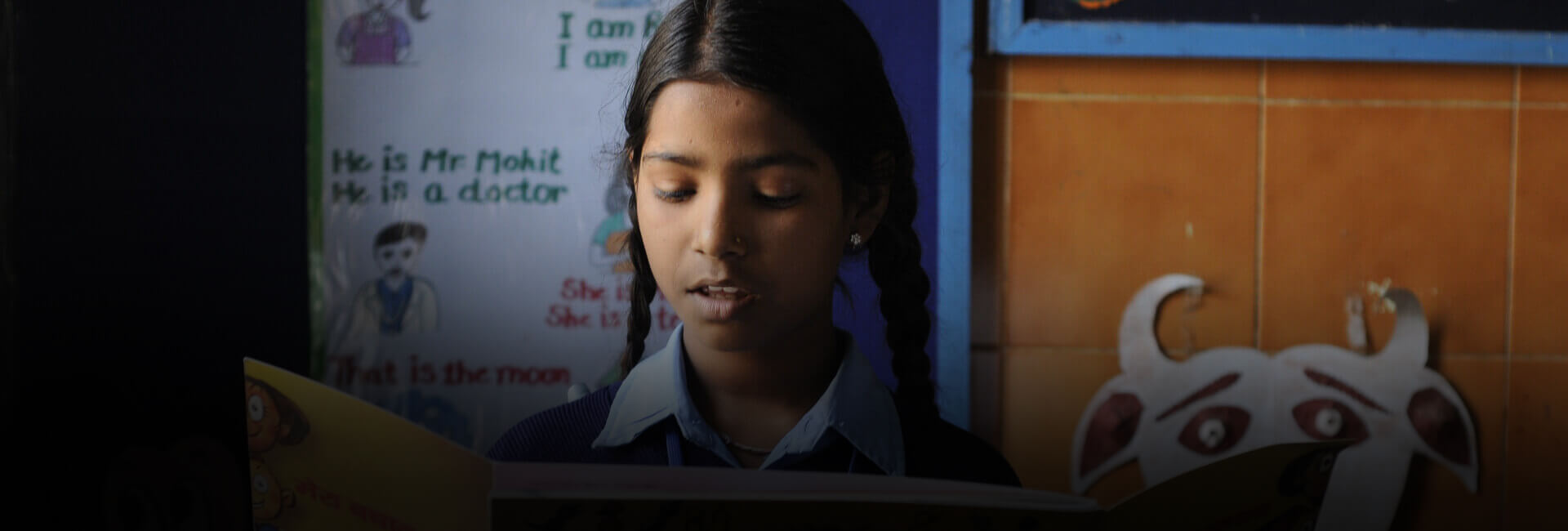Functions of national human rights commission in india
India’s National Human Rights Commission (NHRC) was created in 1993, as a response to increasing international awareness of human rights, after India entered the global economic arena. The United Nations Human Rights Commission adopted the “Paris Principles”, a guiding light for resolving international human rights issues. For India, it was critical to secure international trade partnership and show compliance with global labour standards, including a taking a strong stand to end child labour. While human rights were enshrined in the Indian Constitution, lack of effective implementation made it necessary to support charities fighting for children’s rights in India.
Therefore, the Human Rights Commission in India, armed with a defining intent of protecting human rights, provided a definitive framework to NGOs in India, and other initiatives working in the fields of indigenous human rights.
The National Human Rights Commission in India derives its power from The Protection of Human Rights Act (TPHRA). Its composition enjoys a robust legal fortitude, with a panel that features former judges of the Supreme Court, High Court, and people experienced in human rights policy and execution. It is presided by a retired Chief Justice of India, and Chairpersons of national commissions of key human rights concerns – Minorities, India’s Scheduled Classes and Tribes, and Women.
The Functions of the National Human Rights Commission
NHRC today enjoys a very wide mandate, receiving over 70,000 complaints every year. Through recommendations and requests for inquiries, the Commission seeks to resolve human rights violations across India.
Legal proceedings
It also can intervene in human rights proceedings, which may be pending before the court. NHRC officials visit jails to inspect living conditions for inmates incarcerated for treatment, reformation or protection.
Instrument of policy
As a body to oversee policy, the NHRC can review and make recommendations in Constitutional and legal safeguards. It can also review international treaties and events that may compromise human rights.
Human rights literacy
The NHRC also serves as the basis of human rights literacy in India, initiating awareness of rights through publications, media channels, seminars etc. Common themes in India’s contemporary human rights violation history include labour law, extrajudicial killing, sexual violence and LGBT rights, violence and discrimination against women, children and minorities.
Child rights in India: a vital function of the NHRC
Child rights are often considered the most critical of all human rights reforms as they define the future for both current and upcoming Indian generations. “Children’s rights” have radically changed; from the middle ages.
Children’s rights apply to the special protection and care that minors under the age of 18 are provided. Based on international legislations, these include right to association with both parents, physical protection, food, free education, healthcare, and legal protection from violence or discrimination.
Eglantyne Jebb’s work: the basis of contemporary children’s rights
Contemporary standards for children’s rights find their basis in the Universal Declaration of Human Rights. The influence of the iconic 1923 document by Eglantyne Jebb, the Declaration of the Rights of the Child resonates with child rights to this day after it was adopted by the United Nations. Jebb, founder of ‘Save the Children’ became a childrights advocate after seeing the suffering of innocent German children in the aftermath of World War I. After participating in a project that imported European newspapers, she was among the first to see the horrifying hardships that children in warring countries were facing. British forces decided to blockade off resources to Germany, and Eglantyne protested, by demonstrating its ill-effects on innocent children.
Her vision, of no child anywhere in the world should be exposed to hunger or hardship forged the basis of Bal Raksha Bharat spirit. Once just a fundraising effort for German kids in the wake of World War I, Bal Raksha Bharat grew into a relief initiative that would soon provide aid to projects involving children, including the refugee crisis in Greece and the post-war famine in Soviet Russia. As developing a broader insight towards children’s rights, Jebb presented a short concise ‘Children’s Charter’, to the then International Union, which envisioned prioritizing children’s needs for any national planning activities. This was The Declaration of the Rights of the Child, which was soon expanded and inspired the United Nations’s 1989 UN Convention on the Rights of the Child.
Conclusion
Clearly, the NHRC, with special regard to children’s rights, is a formidable entity. However, while it enjoys formidable legal strength on its panel, it is limited as it can only make recommendations, and cannot enforce decisions. International pressure, from NGOs like Bal Raksha Bharat is often needed to petition the NHRC to convince agencies and government divisions to actively pursue grievances.
Did you know that every child is entitled to certain fundamental child rights? Click below to know what these rights are all about and why children deserve them.





